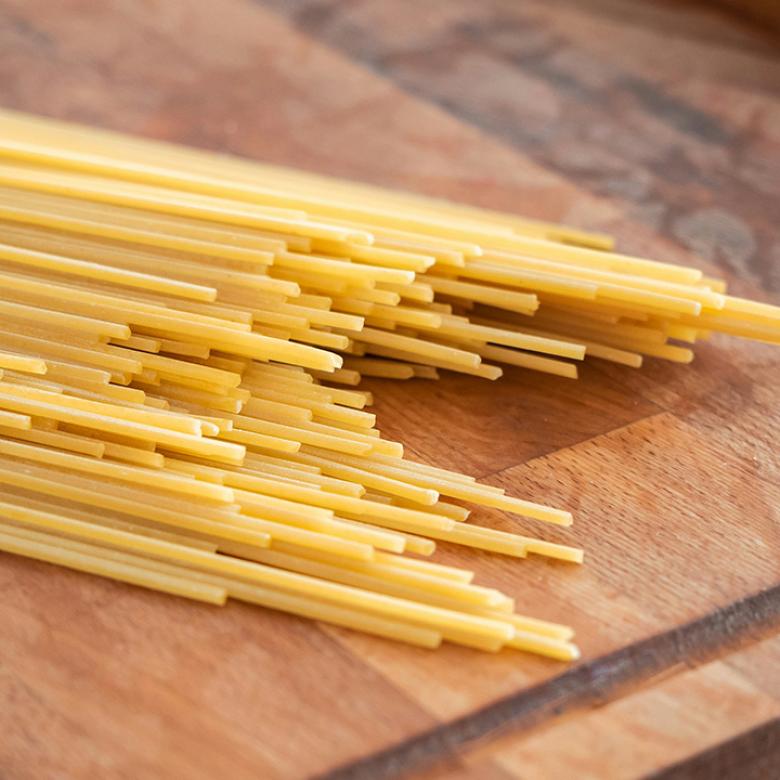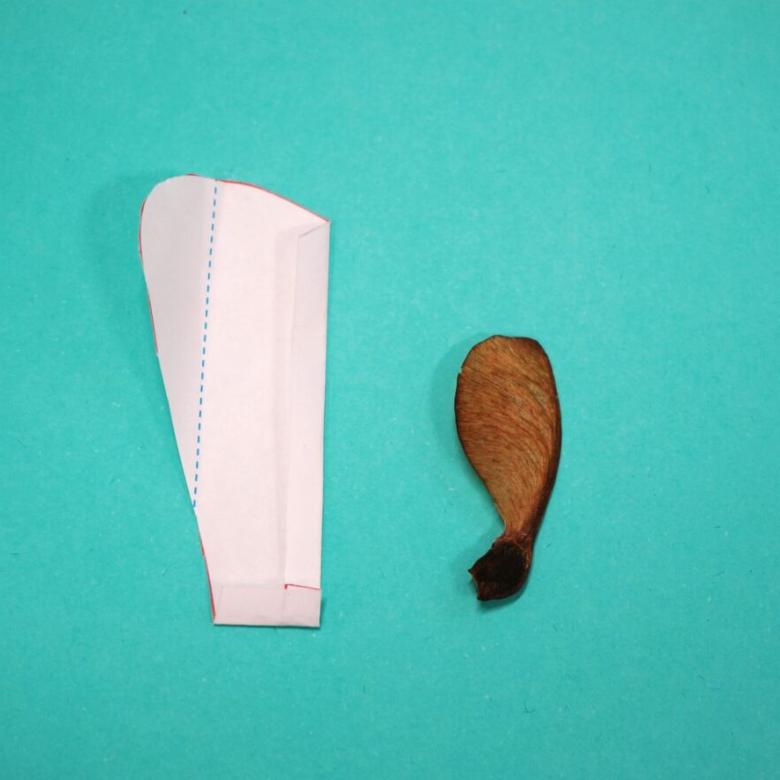You'll need
- A golf ball
- A table tennis ball
- An aluminium roasting tray
- Flour
- Cocoa powder.
What to do
- Fill the aluminium roasting tray almost to the top with flour. Gently tap or shake the tray so that the flour is relatively flat and evenly spread out.
- Cover the flour with a thin, even layer of cocoa powder. The cocoa powder will make your craters easier to see in the flour.
- Hold a table tennis ball above the roasting tray and drop it. How big of a crater did the table tennis ball make in the flour?
- Drop a golf ball into the roasting tray from the same height that you dropped the table tennis ball. What differences can you see between the golf ball’s crater and the table tennis ball’s crater?
Questions to ask
- What happens to the size of the craters when you drop the balls from different heights? What about two different sized balls?
- Can you toss or throw the balls so that they land in the tray at an angle? Does that change the shape of the crater?
- How would the crater be different if you dropped something that wasn’t round, like a small rock?
What’s happening
Gravity pulls the balls down when you drop them. The more energy a ball has, the bigger the crater it makes.
Picking up the balls gives them potential energy. The heavier and higher up things are, the more potential energy they have. The golf ball and table tennis ball are a similar size, but the golf ball is heavier – it has more mass. This means that when the balls are held up at the same height, the golf ball has more potential energy.
When you drop the balls, gravity turns their potential energy into movement – or kinetic energy. Because the golf ball started with more potential energy, it gets more kinetic energy from falling too!
The balls give their kinetic energy to the flour when they collide with the tray and create a crater. The more kinetic energy they have, the more flour they force out of the way and the bigger crater they create. The golf ball’s extra kinetic energy moves more flour and makes a bigger crater!
These flour craters are a lot like craters we can see all around the Solar System, including on the Earth and Moon. By studying the size and shape of craters , scientists can figure out a lot about the asteroids that made them ! For example, scientists have been able to calculate that the asteroid that caused the dinosaurs to go extinct 65 million years ago was mostly made of rock, about 10 km across and travelling at 72,000 kph when it hit the Earth!
Did you know
The Earth and Moon get hit by asteroids at about the same rate. We see more craters on the Moon because craters on Earth are eroded away by wind and rain. With no wind and rain on the Moon craters can remain visible for billions of years!






